Tokyo is a special city where, for centuries, old traditions have harmonized with high-tech innovation. The streets narrate how past and present blend together to make scenes that sound like science fiction but are real.
Want to see where traditional Japan meets tomorrow’s technology? Let’s explore these remarkable streets that show why Tokyo inspires future visions in popular culture.
Akihabara Electric Town (Chuo Street)
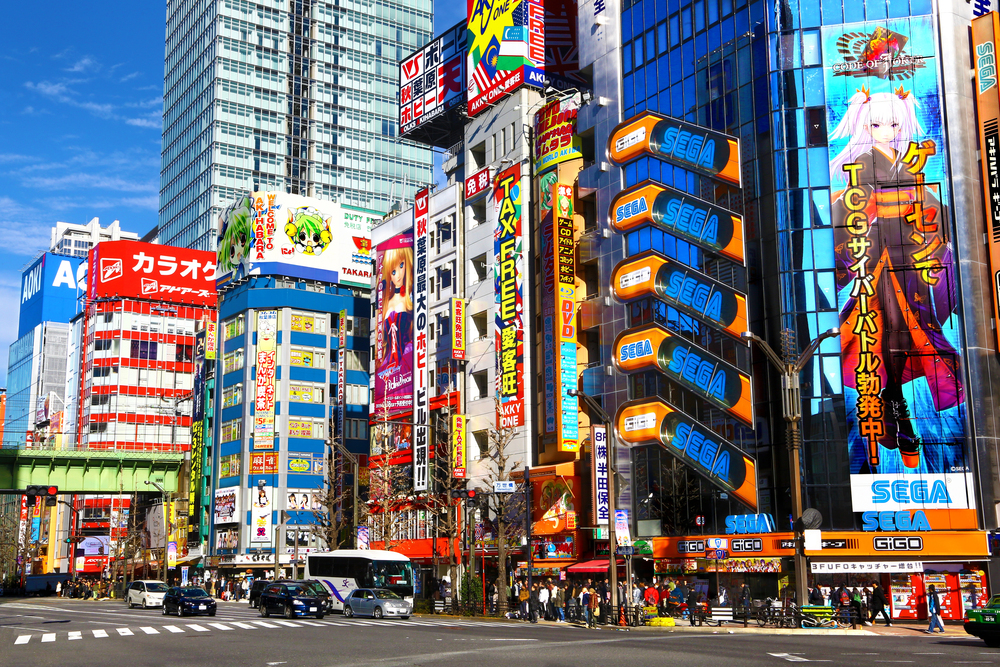
The beating heart of electronics culture in Japan hums along with vibrant energy. Multi-story electronics shops line up the latest gadgets while anime and gaming culture spill onto the streets.
Famous Sega buildings and Gundam Cafes add to the district’s name as a tech paradise. Such mini-small shrines between buildings remind visitors of the area’s older age.
Every Sunday, the main street shuts down to automobiles, becoming a pedestrian heaven where technology aficionados meet and share their love for technology.
Center Gai (Shibuya)
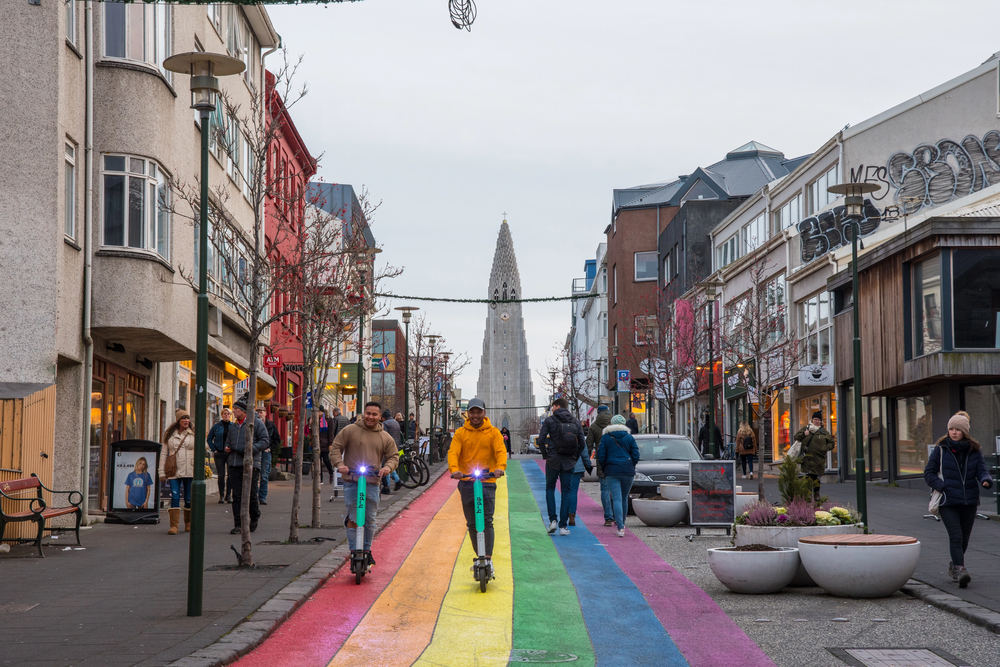
This bustling street leads to the world-famous Shibuya Crossing. The newest digital billboards share space with decades-old ramen shops, creating a perfect snapshot of modern Tokyo.
Fashion stores and electronics retailers compete for attention, and the street’s energy peaks at dusk when office workers and students fill the walkways. Local street performers often add to the lively atmosphere, using modern equipment to amplify traditional performances.
Like Travel Pug’s content? Follow us on MSN.
Takeshita Street (Harajuku)
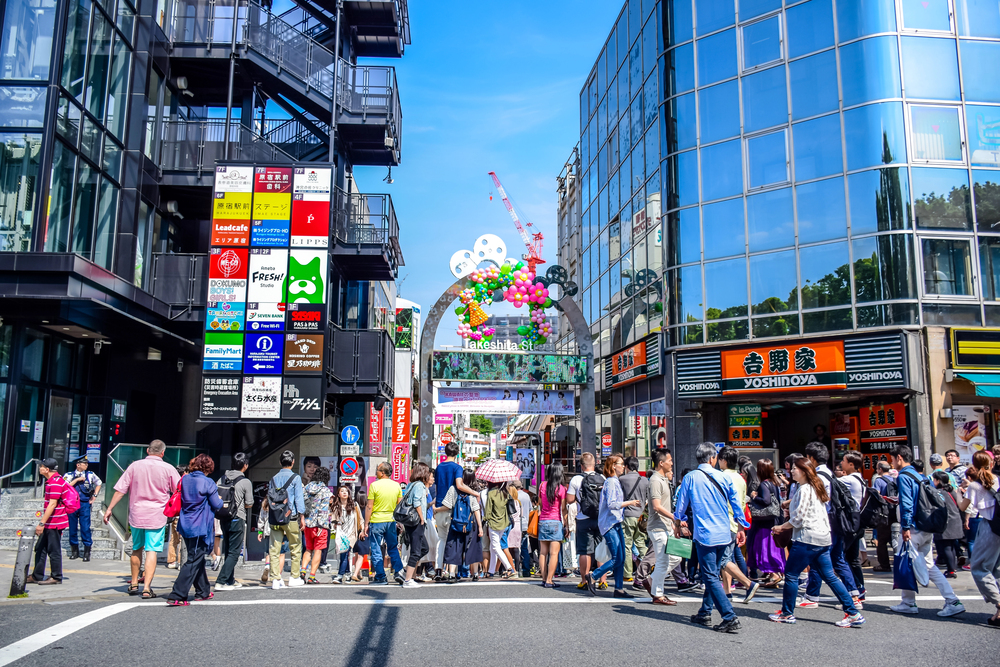
This narrow street perfectly captures the unique energy of Japanese youth culture. Fashion boutiques and trendy cafes mix with digital storefronts and modern payment systems.
Street food vendors use tablet ordering systems while maintaining traditional cooking methods, showing how old and new naturally blend into Tokyo’s daily life. The weekend crowds showcase Japan’s most creative street fashion, turning the entire street into a living fashion magazine.
Denbouin Street (Asakusa)
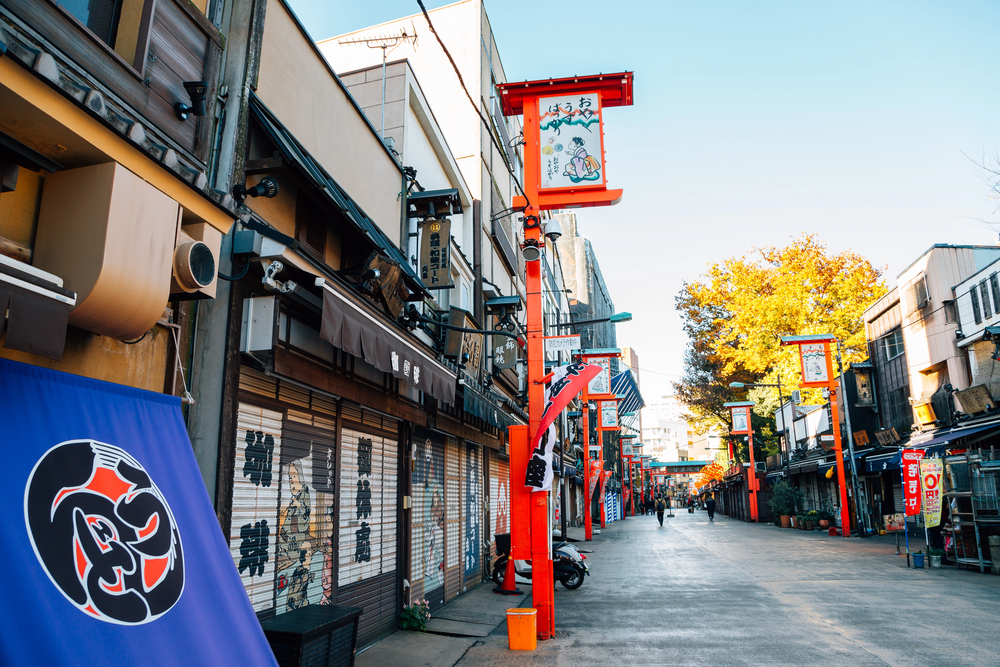
In this historic district, traditional paper lanterns hang alongside modern LED displays. Local shops now accept digital payments through QR codes while maintaining their centuries-old craft traditions.
The street demonstrates how modern convenience enhances rather than replaces cultural heritage. It transforms into a perfect blend of traditional celebrations enhanced by modern lighting and sound systems during festivals.
Kabukicho (Shinjuku)
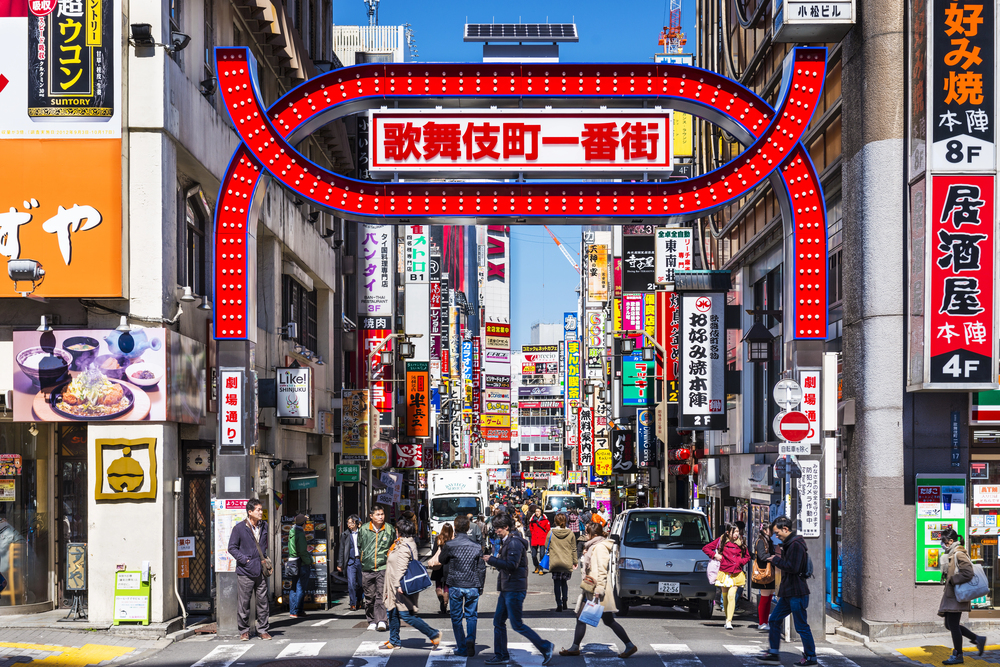
The entertainment district’s famous neon landscape creates Tokyo’s most photographed nighttime scenes. Modern digital billboards illuminate the street while traditional izakayas serve customers below.
The iconic Godzilla head installation watches over a district where karaoke parlors use the latest tech to deliver traditional entertainment. The recent addition of smart security systems and AI-powered information kiosks has made this lively area even more accessible to international visitors.
Like Travel Pug’s content? Follow us on MSN.
Memory Lane (Shinjuku)
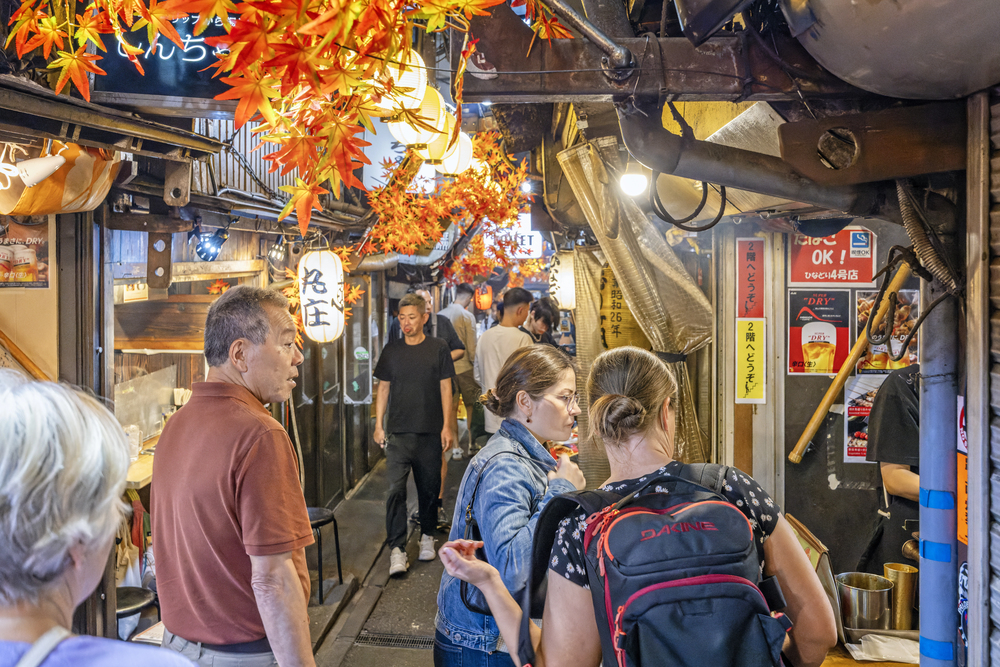
Known to locals as Omoide Yokocho, this slice of post-war Tokyo has now been preserved and boasted with modern touch digital menus in its tiny eateries. This thin alley may boast its traditional yakitori stands, which take contactless payments.
Here, convenience does not diminish the atmosphere but enhances it. Time seems to slow when smoke from the grills merges with the soft glow of modern LED lanterns.
The street shows how historical charm can be preserved in thoughtful modernization.
Nakamise Shopping Street (Asakusa)
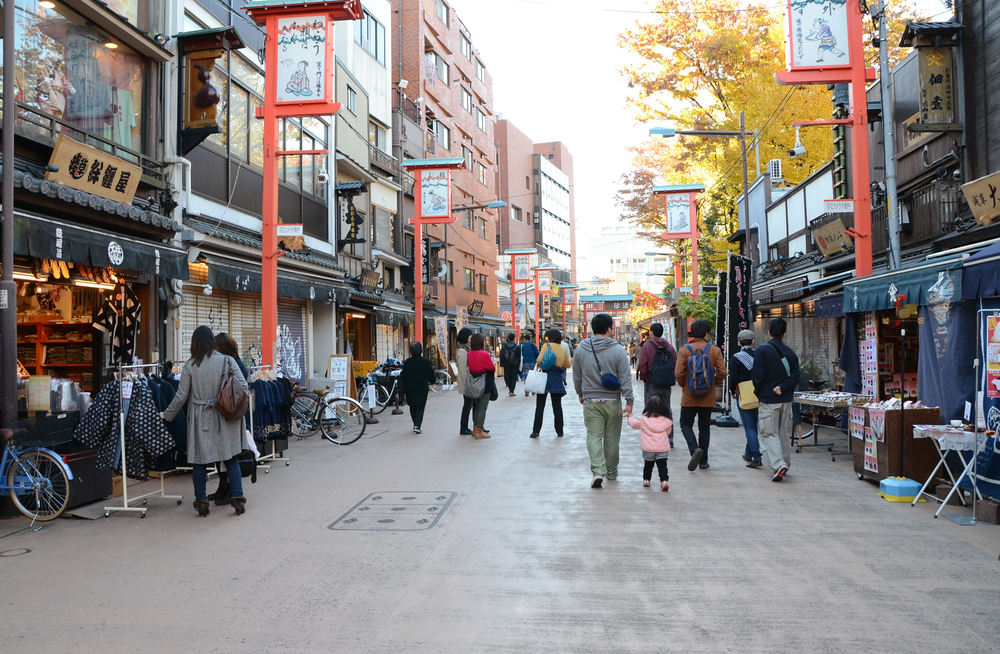
This ancient shopping street leads to Senso-ji Temple, embracing modern commerce while preserving its Edo-period charm. Traditional shops use digital displays to explain their crafts to international visitors while vending machines offer everything from modern drinks to traditional charms.
The street’s seasonal decorations combine traditional elements with modern lighting technology. Shopkeepers use translation apps to share their products’ stories with visitors worldwide.
Ameyoko Shopping Street (Ueno)
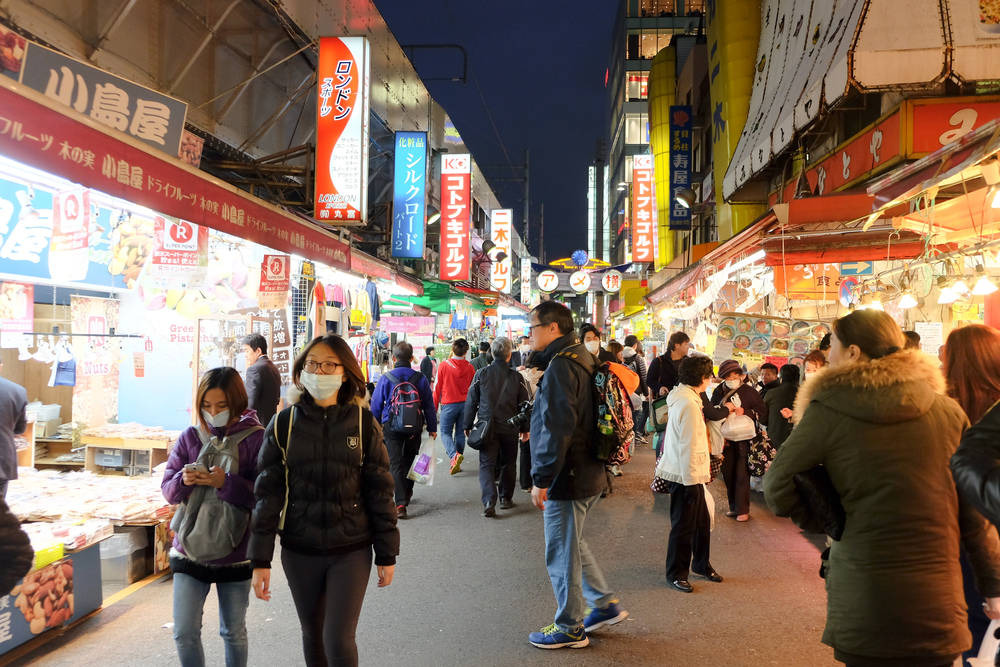
This former black market has transformed into a vibrant shopping district. Traditional vendors use modern inventory systems, and digital price displays update in real time.
Shop owners maintain an energetic atmosphere with traditional market calls and personal service. The street’s famous food stalls now use social media to announce daily specials.
International payment systems make shopping accessible to tourists while preserving the traditional bargaining culture.
Like Travel Pug’s content? Follow us on MSN.
Cat Street (Harajuku)
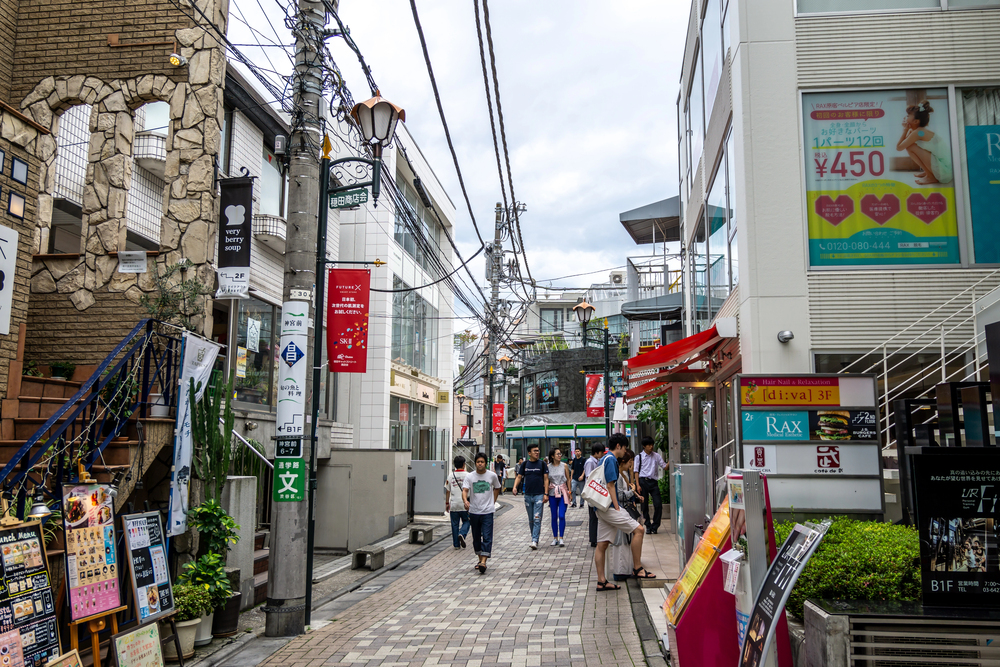
Contemporary boutiques line this trendy backstreet where fashion meets technology. Shops feature smart mirrors and mobile payment systems while maintaining the street’s relaxed atmosphere.
The area shows how modern retail can feel both high-tech and welcoming. Hidden coffee shops along the street combine traditional brewing methods with digital ordering systems, creating perfect spots for people-watching.
Jimbocho Book Town (Kanda)
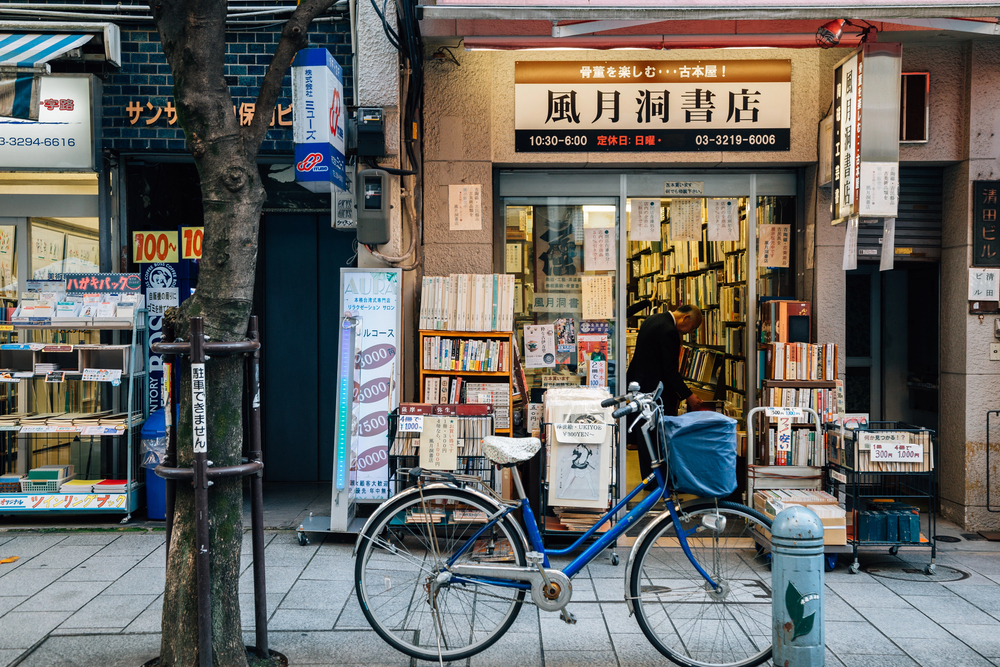
Famous for its bookstores, this district now features digital catalogs alongside towering shelves of books. Traditional booksellers use modern systems to track their vast collections while maintaining the joy of browsing physical books.
Some shops offer digital scanning services for rare manuscripts, bridging past and present. The street hosts monthly events where digital artists showcase works inspired by classic literature.
Marunouchi Naka-dori (Marunouchi)
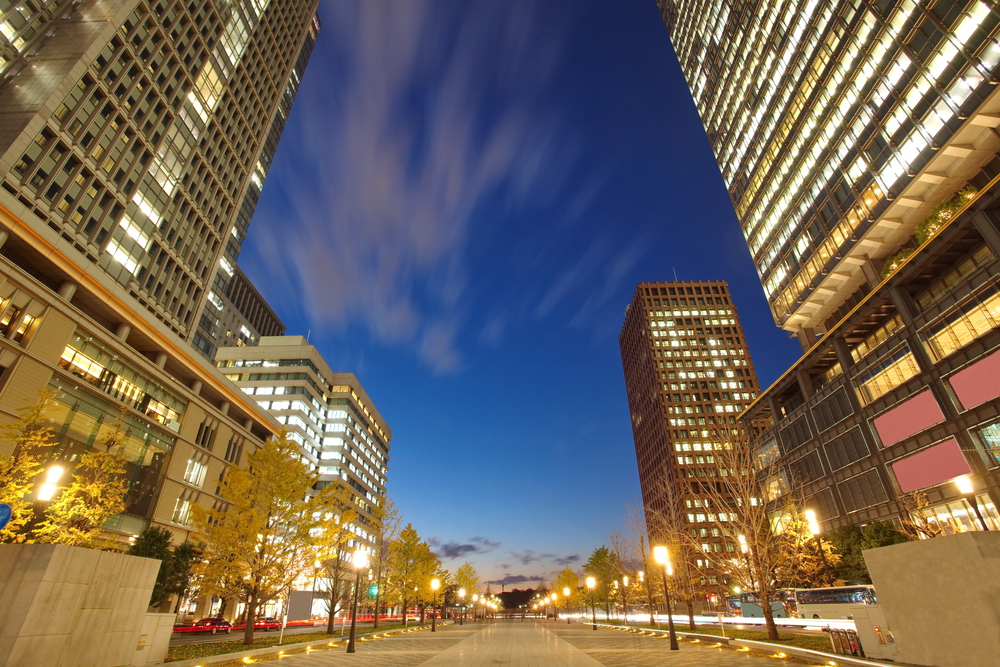
This business district street presents modern urban planning with seasonal illuminations and public art. The smart street furniture offers charging stations and Wi-Fi, while preserved historic buildings remind visitors of the area’s rich past.
Seasonal transformation happens with high-tech light displays complementing the traditional architecture. At lunchtime, food trucks equipped with digital ordering systems serve office workers under the century-old stone facades.
Like Travel Pug’s content? Follow us on MSN.
Digital Gate Street (Odaiba)
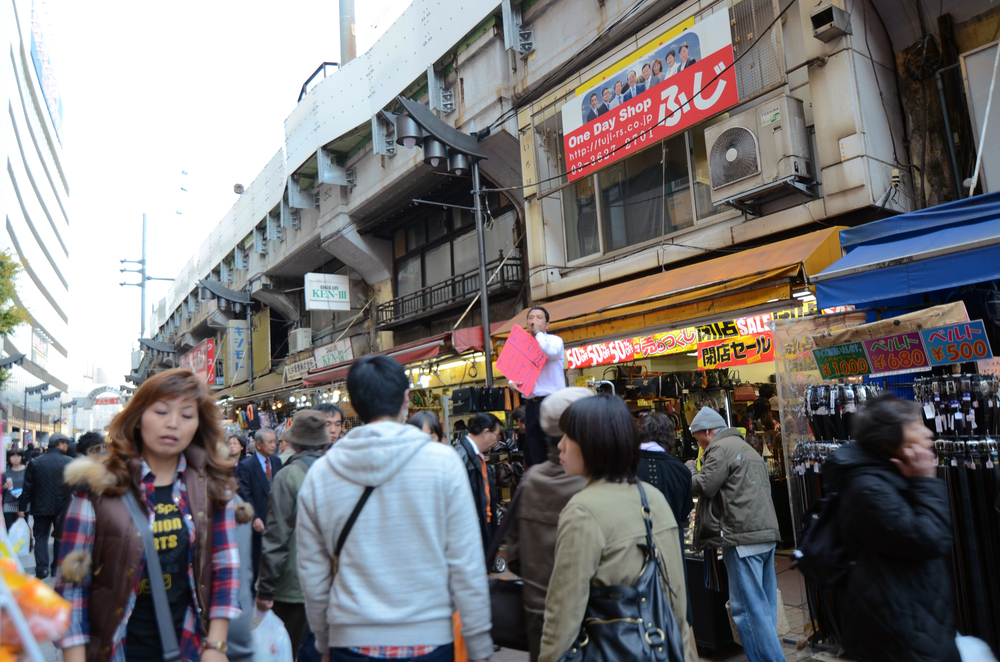
Modern architecture and digital installations make this waterfront area feel contemporary. Interactive displays and entertainment venues showcase Japanese innovation, while traditional service values remain at the heart of every interaction.
The street offers stunning views of Rainbow Bridge, where traditional harbor activities meet modern light shows. Seasonal events combine augmented reality experiences with traditional festival elements.
Sunshine City Street (Ikebukuro)
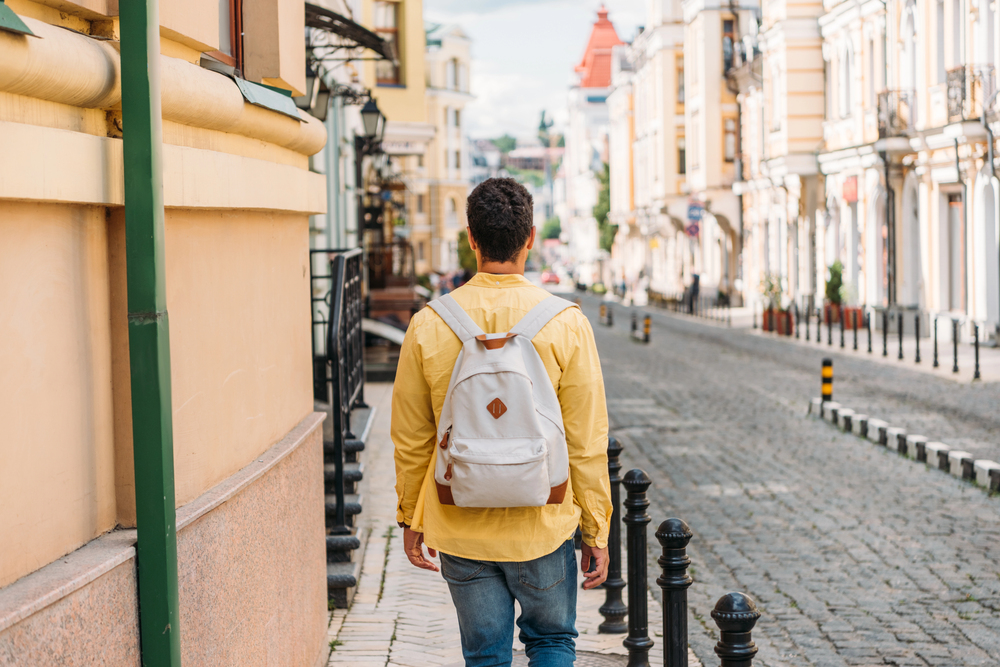
This commercial complex integrates digital directories and modern amenities while maintaining human touches. Interactive information panels help visitors navigate while local businesses prioritize personal service.
The street-level shops blend contemporary design with traditional Japanese customer service. The Pokemon Center demonstrates how beloved characters can bridge digital and physical retail experiences.
Azabu-Juban Shopping Street (Minato)
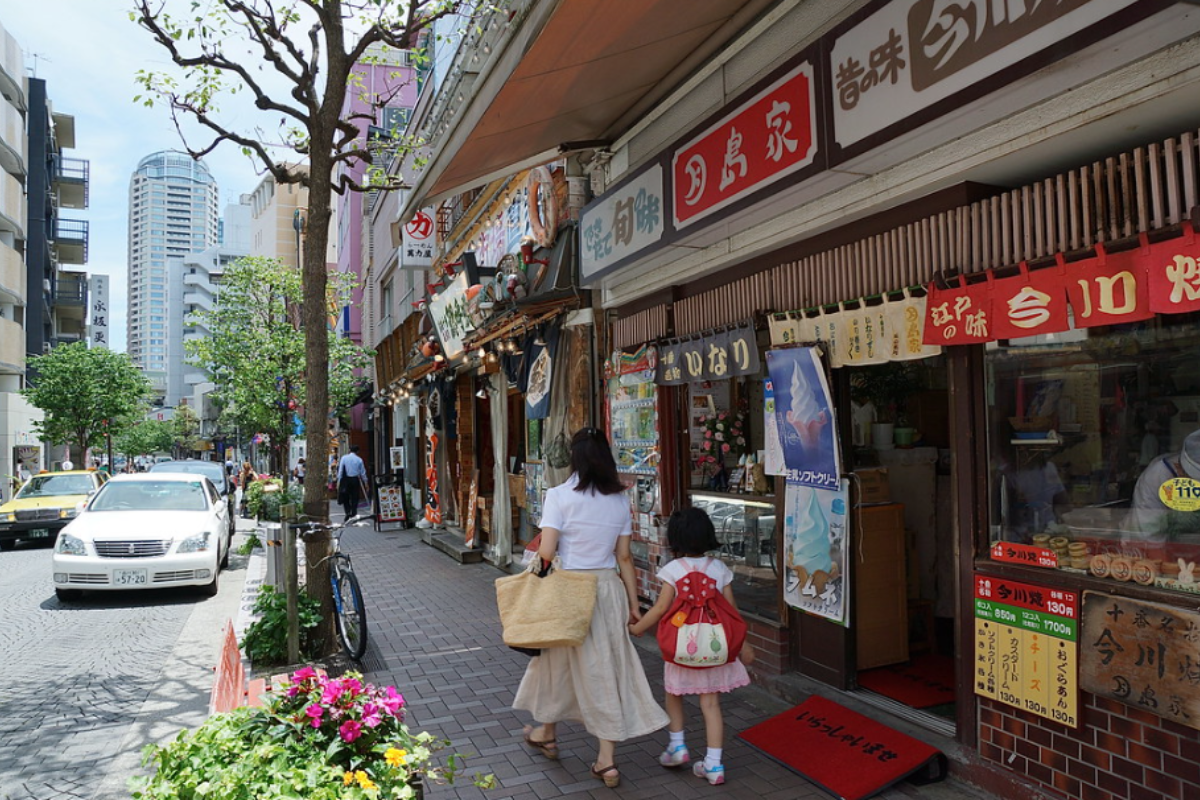
Traditional Shotengai (shopping street) features modern payment systems and digital signage while preserving its local character. Family-run shops use technology to enhance rather than replace personal connections with customers.
The street hosts monthly festivals where traditional performances incorporate modern elements. Local food artisans use social media to attract younger generations to traditional crafts.
Like Travel Pug’s content? Follow us on MSN.
Kichijoji Sun Road (Musashino)
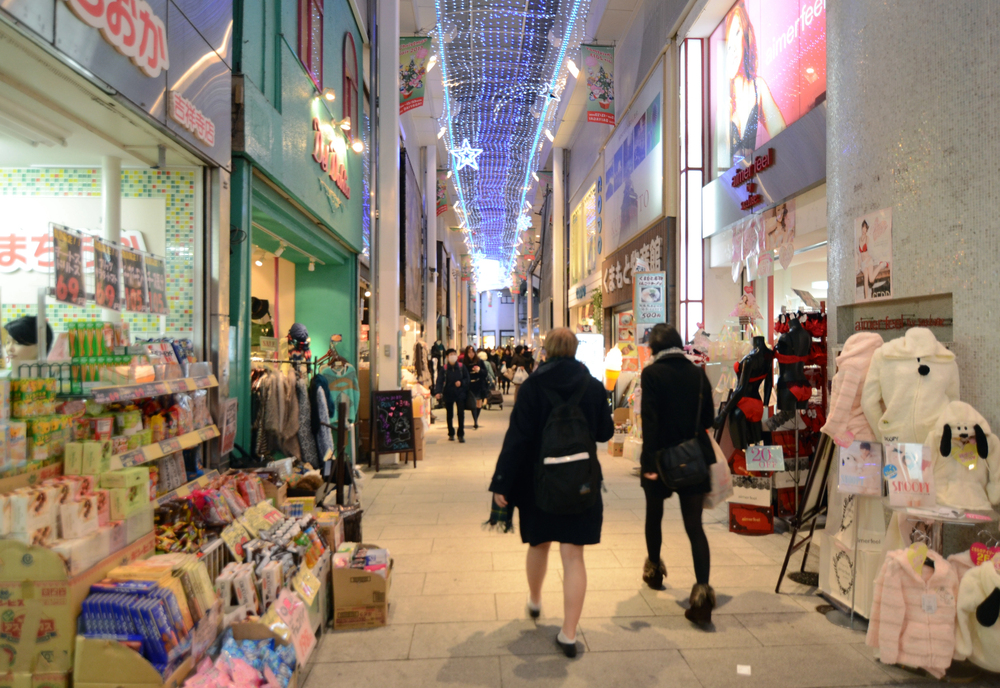
This covered shopping arcade combines modern convenience with traditional shopping culture. Digital display boards share space with hand-written signs, while automated gates protect the street after hours.
The mixture of chain stores and family businesses creates a unique retail ecosystem. Weekend street musicians use traditional instruments and modern audio equipment to entertain shoppers.
Decks Mall Street (Odaiba)
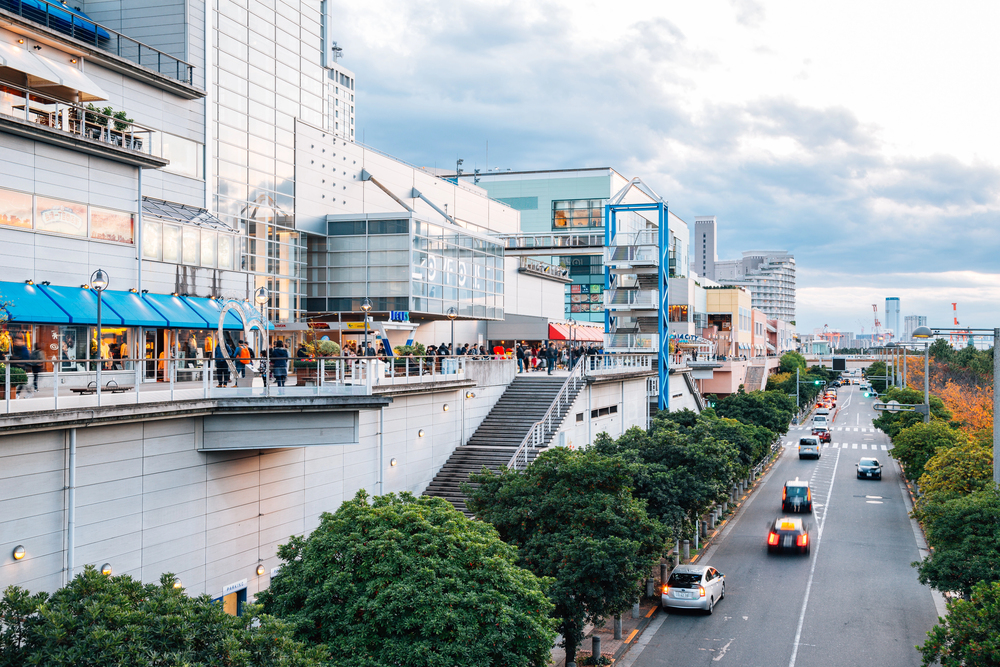
This waterfront complex features modern retail concepts and entertainment facilities. Shops blend digital experiences with personal service, while the traditional concept of omotenashi (Japanese hospitality) remains central to every interaction.
Virtual reality gaming centers operate alongside traditional arcade games. The street’s design allows visitors to experience futuristic shopping and traditional Japanese hospitality.
Shimokitazawa (Setagaya)
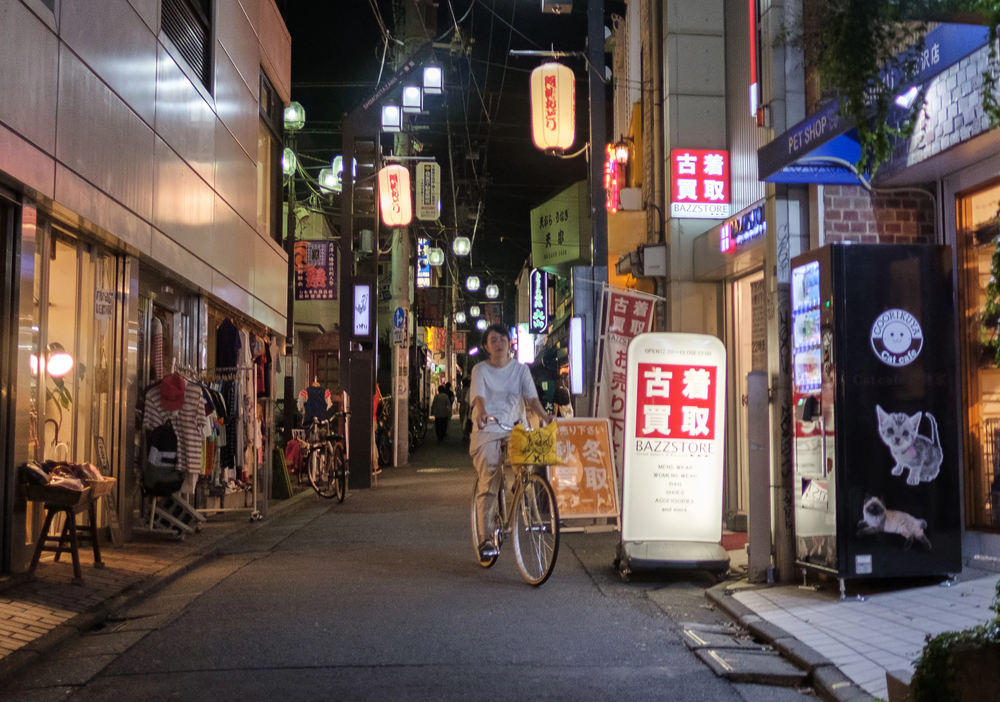
This trendy district mixes vintage shops with modern cafes. While some stores use digital payment systems and online reservations, the area maintains its artistic, laid-back atmosphere. Independent record stores combine vinyl collections with digital listening stations.
The street’s regular flea markets now feature antique dealers and tech startups.
Like Travel Pug’s content? Follow us on MSN.
Green Street (Jiyugaoka)
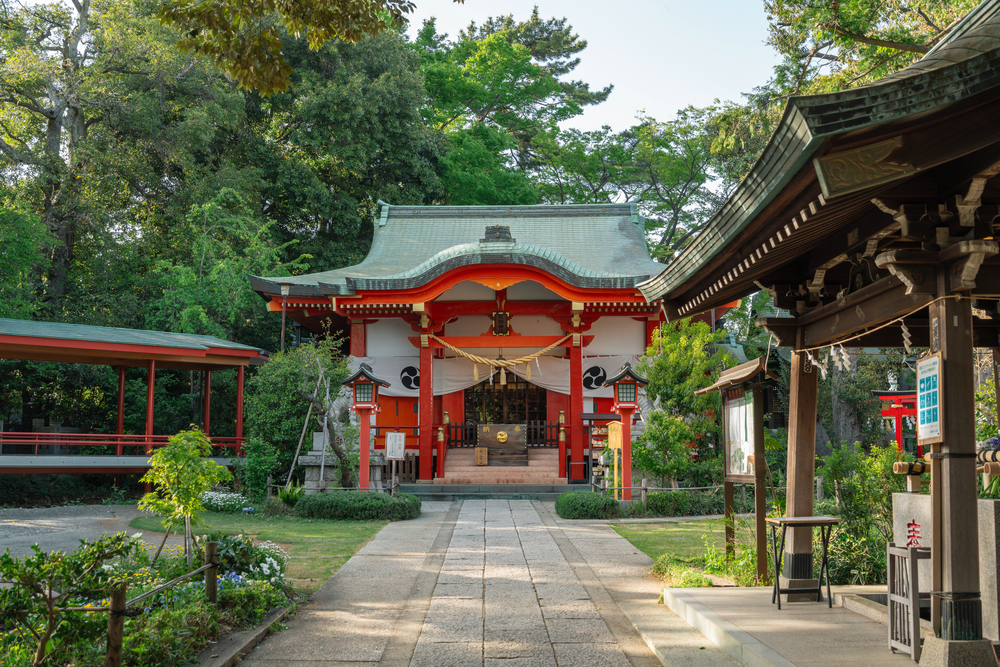
European-inspired architecture meets Japanese efficiency as traditional shops embrace modern conveniences. Digital information boards help visitors explore while preserving the street’s charming character.
The area’s famous dessert shops combine traditional recipes with modern presentation techniques. Seasonal illuminations transform the street into an enchanting blend of old and new.
Togoshi Ginza (Shinagawa)
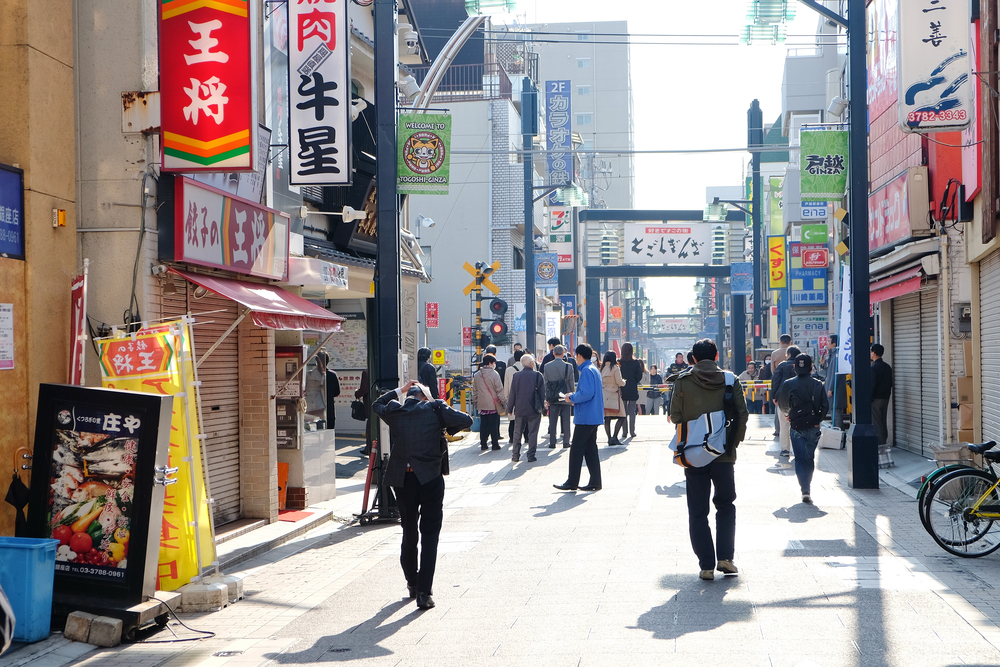
This long shopping street shows how local commerce can meet modern needs. Traditional shops use omnipresent digital tools to enhance their service while maintaining a neighborhood shopping street’s warm, communal atmosphere.
Famous street food stalls now accept cryptocurrency in addition to cash payments. Street festivals regularly show how technology can enhance traditional celebrations.
Nakano Broadway (Nakano)
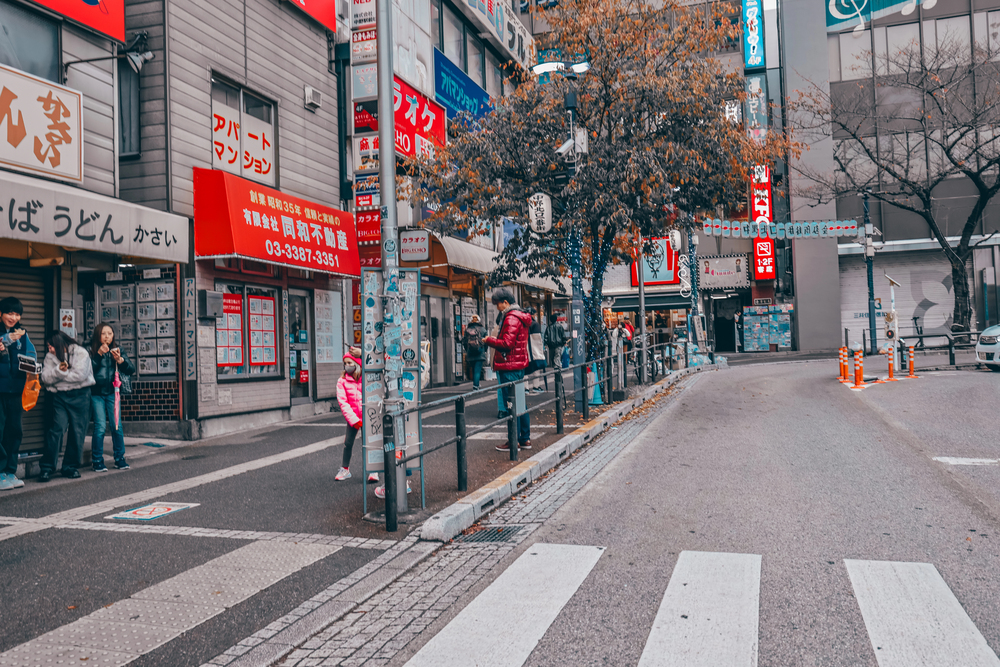
This multi-level shopping complex houses traditional retailers and modern entertainment. Gaming centers and tech shops embrace the latest trends, while small businesses maintain personal connections with regular customers.
Specialty stores combine collector items with digital authentication systems. The rooftop garden offers a peaceful retreat where traditional landscaping meets modern urban agriculture.
Like Travel Pug’s content? Follow us on MSN.
Where Tomorrow Meets Today
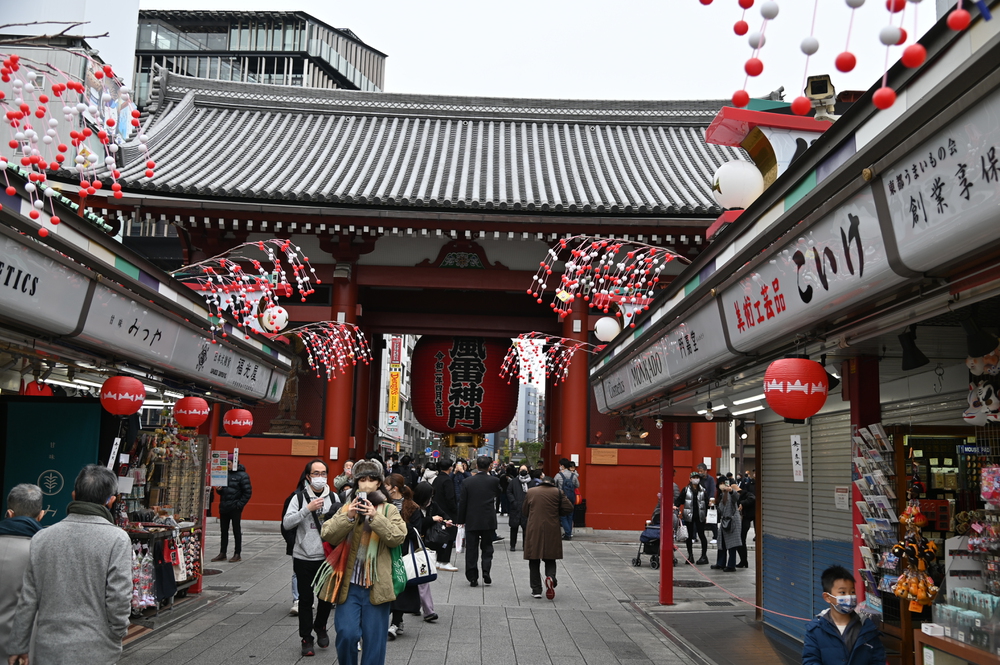
These streets are proof of Tokyo’s unique ability to embrace progress while keeping tradition alive. They tell us that modernization does not necessarily mean the loss of identity but rather its enhancement in the human connections that make city life meaningful.
While the floating holograms of science fiction movies will not be found here, the real treasures are how technology and tradition can combine to infuse life into an urban space that feels marvelous and comfortably lived in. These streets are sanctified living proof that the future doesn’t have to erase the past to move forward.
More from Travel Pug

- 15 Dangerous European Cities to Avoid
- 15 Caribbean Islands Where Tourists Keep Getting Scammed
- The 20 Most Fascinating Abandoned Places: A Journey Through Time and Forgotten Spaces
- 15 Hidden Places in the Smithsonian Museums Locals Love: A Guide to Lesser-Known Treasures
- 16 Hidden Florida Beach Towns That Aren’t Overrun with Tourists
Like Travel Pug’s content? Follow us on MSN.
